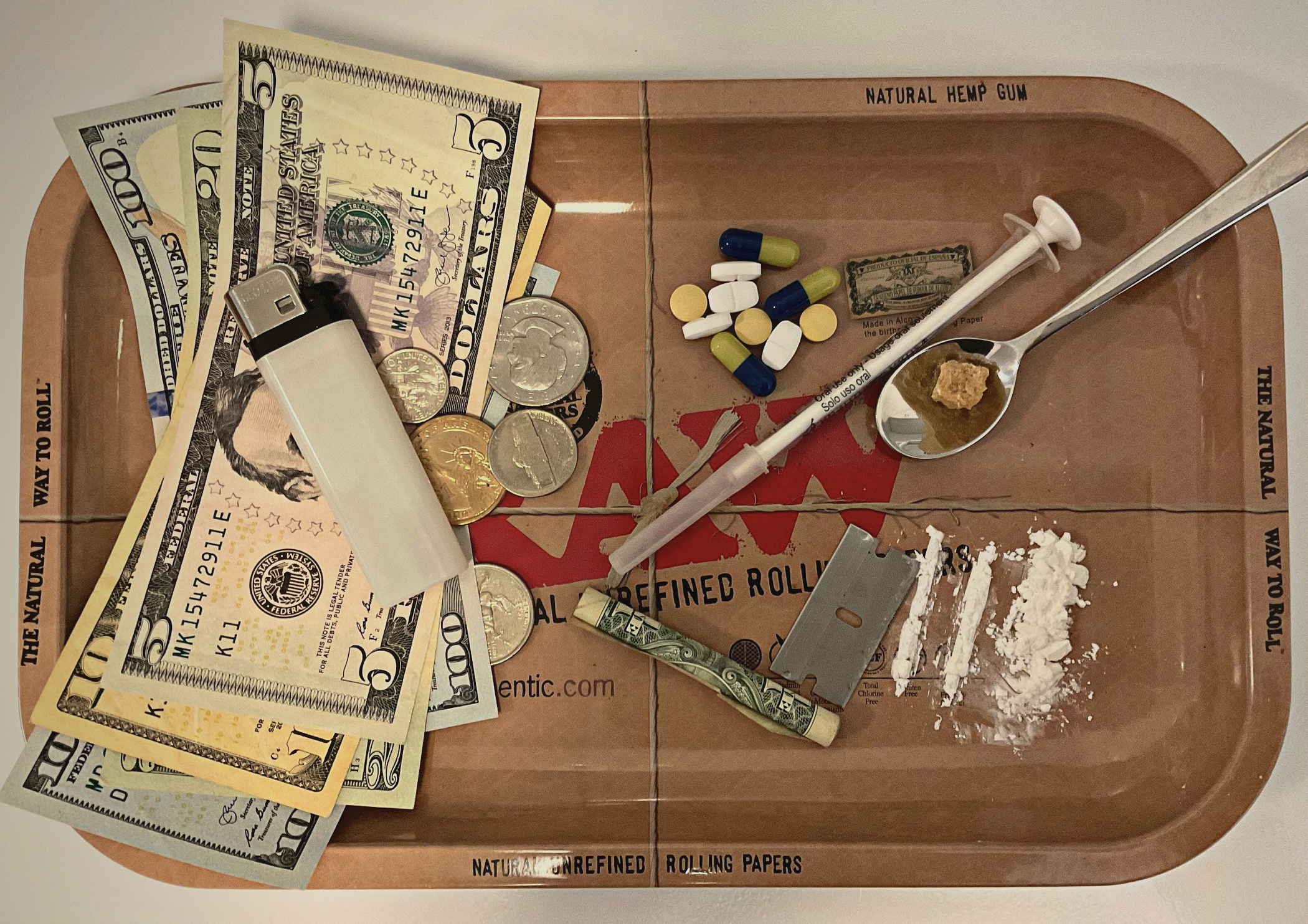6.2 Drug War Costs
Criminal Justice Costs
-

Examples of psychoactive drugs. Incarceration and mandatory minimum sentences, which are features of prohibitionist policies, are expensive for the state and personally costly for the individuals receiving them (Carter & MacPherson, 2013).
- Using criminal laws and the criminal justice system (police, courts, corrections) to “control a global commodities market is a recipe for disaster” (TED, 2014, 9:13).
- Time, energy, and money spent by law enforcement on drug prohibition takes away from other, more serious, and damaging offences (Learn Liberty, 2012).
- From 2014-2019, in Canada there were more than 540,000 arrests for drug offences, with 69% of them being for simple possession (Ka Hon Chu, 2020; Submission to UN, 2020).
- The Canadian criminal justice system costs (police, courts, corrections) tied to criminalized substances was estimated to be more than $6.4 billion in 2017 (Ka Hon Chu, 2020).
Illegal Markets & Violence
The term “Illegal Markets” is used in place of the commonly used term “Black Markets.” Click on this link to learn more about this type of language change and why it is important:
- Drug prohibition policies, not psychoactive substances themselves, create a gateway into Illegal Markets (Fryklund, 2016).
- It might seem counter-intuitive that prohibition is not the most effective way to reduce the consumption of a good. However, research and economics (e.g., the law of supply and demand) help us to understand how prohibition generates Illegal Markets, which leads to other social problems (Learn Liberty, 2012).
- The legal system is not available within Illegal Markets, so individuals take matters into their own hands and violence becomes the primary mechanism to settle disputes (Learn Liberty, 2012).
- Homicide rates are higher with prohibitionist policies than without them (Learn Liberty, 2012).
- The intervention of government forces is one cause of the violent outcomes of the war on drugs (Santos, 2020).
- A consequence of drug prohibition is that it makes drugs more potent, dangerous, and addictive, demonstrating how prohibition is quite literally killing people through accidental drug poisoning (overdose) or toxic drug poisoning (overdose) (Burrus, 2019).
Click the link below to learn more about some of the hidden costs of prohibitionist policies:
The Hidden Costs of Drug Prohibition
VIDEO: What You Should Know About Drug Prohibition
In the following video Angela Dills, a professor at Providence College, explains the economics of drug prohibition and the problematic outcomes that drug prohibition has had on society.
Is a more medically accurate and less stigmatizing option to the term overdose. A poisoning is an injury to the body that occurs when excessive amounts of a substance are ingested (accidentally or on purpose) or when the substance ingested is contaminated/adulterated with other substances, sometimes referred to as toxic drug poisoning (e.g., Fentanyl adulterated heroin) (Canadian Drug Policy Coalition, October 7, 2020; The Chief Staff, March 11, 2021)

